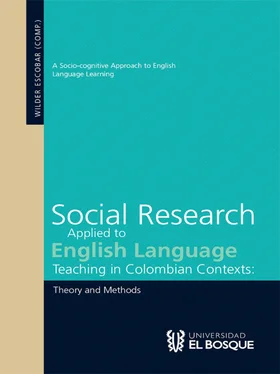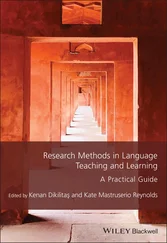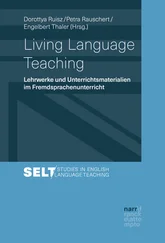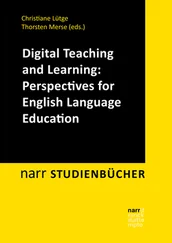This type of study lends itself particularly well to the use of visual/spatial-type classroom exercises. When students are required to create visual representations of the metaphorical meaning behind opaque phrasal verbs, the product frequently leads to a mental representation which facilitates future understanding. This type of exercise would impart critical understanding of phrasal verbs with the English verb ‘to get,’ for example (e.g. to get up, to get around, to get off, to get over, etc.). Asking students to illustrate the meanings of these expressions, first in the literal sense, then through their metaphorical meaning, would encourage a more profound comprehension as the structure of the satellites would be compared through visual representation. Such a notion has been explored in a study conducted by Takahashi and Matsuya (2012) in which they tested visual aids on the retention of opaque English phrasal verbs. Their findings suggest that the use of cognitive-oriented learning devices, specifically visual images of phrasal verbs, is capable of promoting the uptake of phrasal verbs (p. 1298).
As such, the teaching of English phrasal verbs should be considered from a cognitive linguistics perspective as the “technique of making learners aware of the motivation underlying the figurative meanings of phrasal verbs is one potential tool for semantic elaboration” (Alejo González, et al., 2010, p. 62). Furthermore, various instruc tional techniques within the realm of phrasal verbs do exist which may ultimately facilitate the learning and incorporation of native-like expression in the English L2 classroom. Direct instruction of the role of English prepositions, the use of negative evidence in the EFL classroom, and instruction via conceptualization and metaphor have all been proven to support the effective instruction of English phrasal verbs. These techniques may be incorporated wholly or in part into any EFL classroom in which the goal is greater native-like capacity for L2 English speakers.
Implications for Future Research
While much research has been previously conducted in the area of linguistic typology and second-language acquisition, there is still much room for advancement to connect the findings of such research directly to classroom instruction. Instructional design which makes specific reference to typological classifications, and incorporates conceptualization and metaphor to enlighten and endow learners may prove particularly beneficial in the L2 classroom. It is further suggested by Yu and Pan (2012) that research must be done regarding the retention and comprehension of metaphorical phrasal verbs specifically within the framework of cognitive linguistics. In addition, examining the socio-linguistic limitations of second-language acquisition including cross-linguistic influences and pragmatic transfer may provide insight into the development of a non-native tongue.
As such, investigation which specifically highlights and explores these phenomena should be considered of significant importance in second-language acquisition research. Various researchers have hitherto begun to work within this realm, yet this previous investigation should be further explored so that research-based instruction can remain innovative for the second-language classroom.
As it has been demonstrated, the elaboration of manner and path is said to determine the paradigms of verb formation– paradigms which display distinct categorical variation between verb- and satellite-framed languages. The conceptualization of motion events, therefore, is said to be conceived differently by speakers of Spanish as by speakers of English as these two languages are typologically dissimilar (Spring, 2010). This notion expresses the urgency of the direct instruction of linguistic typology to L2 learners whose mother tongue and target language are typologically dissimilar. Native-like fluency in the EFL classroom, consequently, may be greatly hindered if the concept of verb construc tion is unknown to the L2 English learner. As such, the preponderance of the research within this field posits that second-language educators must learn and incorporate the concepts of linguistic typology to foster growth within the area of phrasal verbs.
Chapter Two Social Dynamics Shaping English Learning Processes
Конец ознакомительного фрагмента.
Текст предоставлен ООО «ЛитРес».
Прочитайте эту книгу целиком, купив полную легальную версию на ЛитРес.
Безопасно оплатить книгу можно банковской картой Visa, MasterCard, Maestro, со счета мобильного телефона, с платежного терминала, в салоне МТС или Связной, через PayPal, WebMoney, Яндекс.Деньги, QIWI Кошелек, бонусными картами или другим удобным Вам способом.












